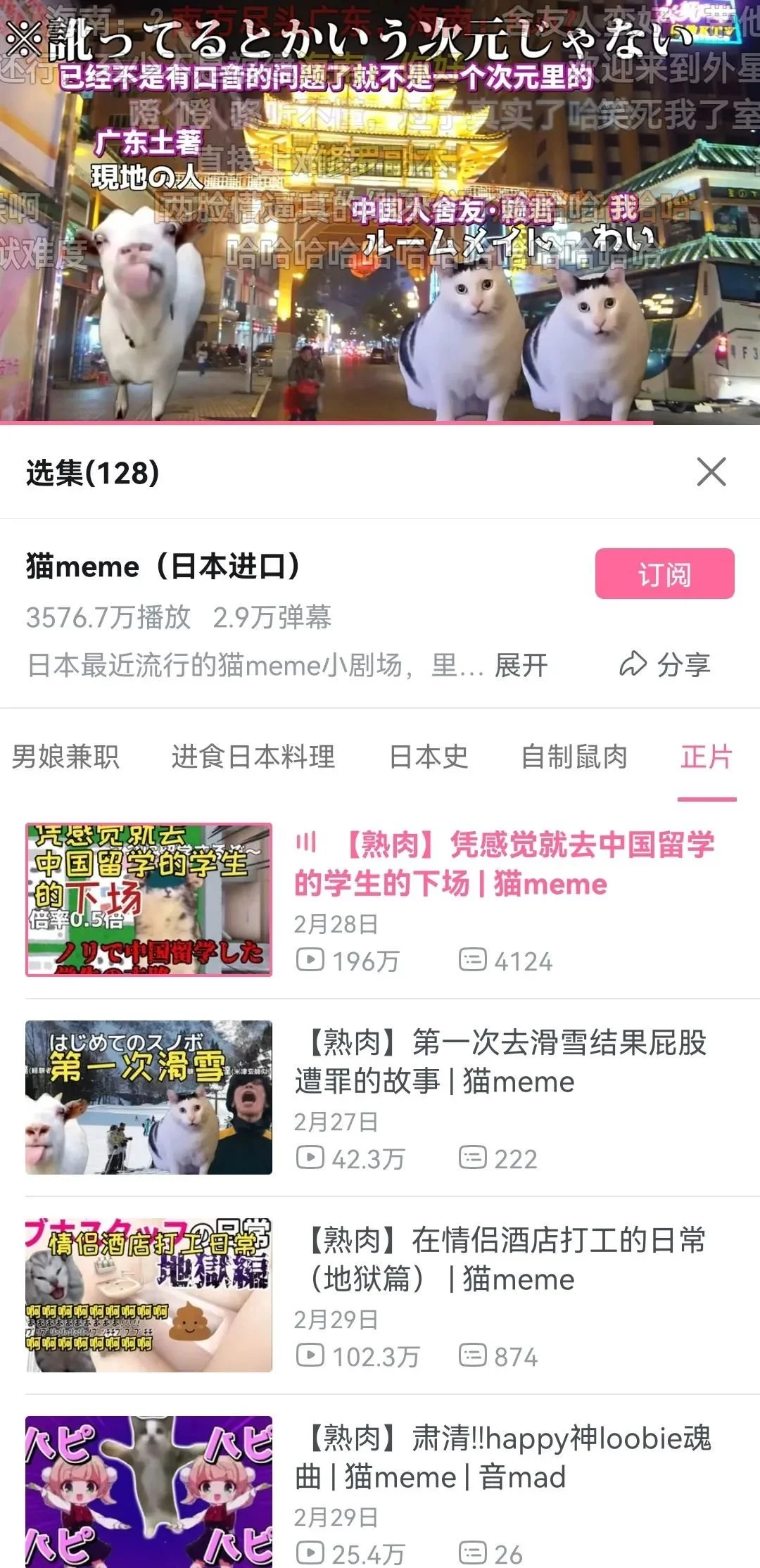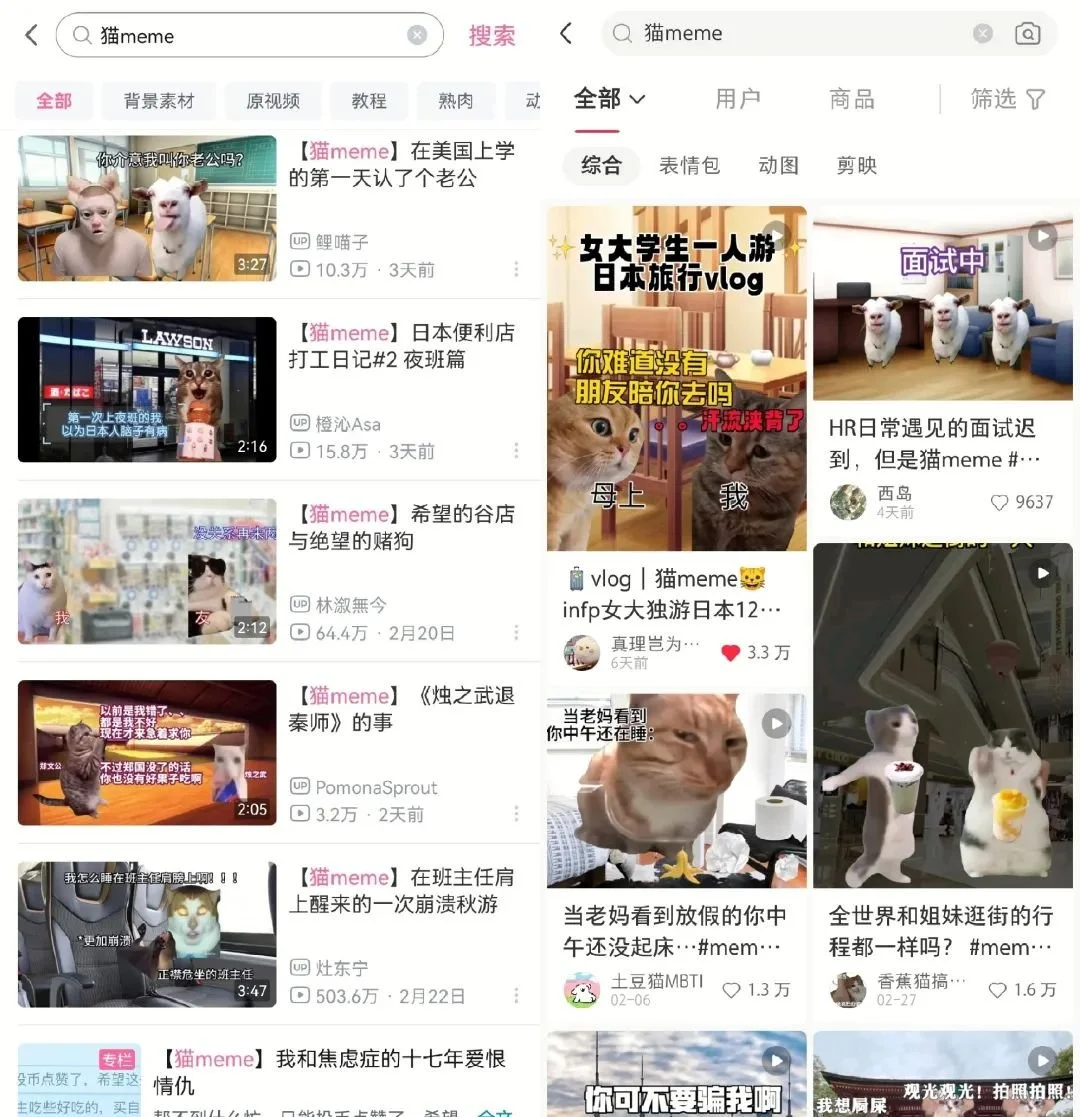Meme Culture: A New Link in Sino-Japanese Relations
The Rise of Meme Culture
The development of the internet has significantly promoted the spread of various subcultures, including meme culture. The internet's widespread reach allows people to share and consume content globally, leading to the rise of various internet subcultures. Meme culture, with its humorous and satirical content, has become an essential part of online interactions.
Historical Background of Sino-Japanese Relations
Japan and China are prime examples of how meme culture can influence international relations. Despite Japan's historical military aggression against China and other Asian countries, the new millennium has seen China largely propagating negative portrayals of Japan due to political issues. Meme culture has disrupted this unstable balance. Despite China's stringent regulations and firewalls restricting external information, the internet has allowed Chinese people to connect with the outside world, spreading popular culture and symbols.
Meme Culture as a Bridge
During this period, the influx of meme culture has made both sides more aware of each other's society and realities, bypassing cumbersome political demands and promoting friendly exchanges and relations. Cat meme culture is the most prominent representative of this trend. Initially comprising cute or funny cat videos on platforms like TikTok and Instagram, it has evolved into a tool for emotional expression. As these videos spread widely, their nature also changed, merging short clips or images into longer meme videos with narrative features.
The Impact of Cat Meme Culture
These meme videos are based on the creators' real experiences, using cute or funny cat images to represent the creators or the events involved. Accompanied by adorable and humorous sound effects, these videos transform frightening or embarrassing experiences that are hard to explain into universally accepted emotional resonances.
Origins and Development in China
Tracing the exact origin of cat meme videos in China is challenging. Before the current form of cat meme videos, simpler versions involving cat expressions and actions were common, synchronizing with platforms like TikTok and YouTube. However, their influence was limited, with cats typically serving as background or clip material. According to video content on China's largest Generation Z video platform Bilibili, the first narrative cat meme video that went viral on social media in China was the "Croissant Cat" meme in January 2023 (the original video dates back to November 30, 2022). In this meme, a cat (Character A) expresses a desire for a croissant in English, while another cat (Character B) repeats "croissant" in French.
In the Chinese version, this format evolved into a cat (Character A) expressing a desire for various Chinese snacks and delicacies in Mandarin, with another cat (Character B) correcting the pronunciation in the local dialect. As these videos went viral, Chinese creators quickly grew tired of the fixed format, launching a more flexible second variant within days. In this variant, the dialect cat (Character B) not only corrects the pronunciation of food but also adds more personality traits and emotional expressions, while the eating cat (Character A) interacts with the dialect cat in some videos, even arguing. Subsequent changes included performances not limited to the original Characters A and B, becoming more complex. Particularly, scenes multiplied, with different cats taking on different roles. These meme videos began to showcase long plots starting in March 2023.
Japan's Cat Memes: A Rich History
Japanese cat memes may predate those in China. According to various online articles and records, Japanese cat memes had an impact before Twitter's renaming. Early Japanese cat memes mainly involved manga artists drawing cats and linking them to real life. Although these early cat memes may not directly relate to today's cat memes, the tradition of using cats to represent social or human expressions is deeply rooted in Japanese culture.
For example, Natsume Soseki's novel "I Am a Cat" observes and comments on human society from a cat's perspective, a narrative structure very similar to today's Sino-Japanese cat memes. Although modern Japanese cat memes may not explicitly reference this novel, using cute cats to depict human dramas and tragedies remains a consistent theme.
However, today's Japanese cat meme videos follow the same narrative logic as today's long cat meme videos in China, with origins that are temporarily untraceable but known to have first appeared on Japan's native Nico Nico Douga website in January 2024. The content of these meme videos also involves personal experiences' mockery or reinterpretation.
Cultural Exchange and Social Impact
The development of East Asian cat meme culture highlights a broader trend of cultural exchange and mutual understanding. By using cats to represent human emotions and interactions, these memes provide a unique and easily comprehensible way for people to share experiences across cultural boundaries. The widespread appeal of these memes has established a sense of community and connection among netizens, bridging gaps and fostering a more nuanced understanding of each other's societies.
Mutual Understanding Achieved Through Memes
Furthermore, as cat meme videos from both China and Japan spread on their respective platforms, mutual understanding began to emerge. For instance, Japanese people planning to travel to China conveyed their real situations through these cat meme videos. Conversely, Chinese youth, upon receiving these videos via various platforms, expressed friendly attitudes. This sharing of cultural symbols and daily experiences has created a new form of cross-cultural exchange that transcends traditional barriers.
Challenges and Opportunities
While meme culture has facilitated a new form of cultural diplomacy, it also faces challenges. Government regulations, cultural differences, and potential misunderstandings could hinder the positive effects of these exchanges. However, these challenges also present opportunities for deeper cultural engagement and understanding. Initiatives to promote cross-cultural content creation and sharing can further enhance mutual respect and friendship between China and Japan.
Conclusion
Over time, if this trend continues, Sino-Japanese civilian relations may significantly improve. Although there may not be much change at the government level, the foundation of public sentiment will undergo a significant shift, potentially influencing the future international relations of both countries. Meme culture, especially cat memes, is paving the way for a more harmonious and interconnected East Asia. Cultural exchange promotes mutual respect and understanding. By focusing on shared experiences and interests, such as the love for cute and humorous cat videos, people from different backgrounds can connect on a personal level, paving the way for improved relations and greater harmony.



